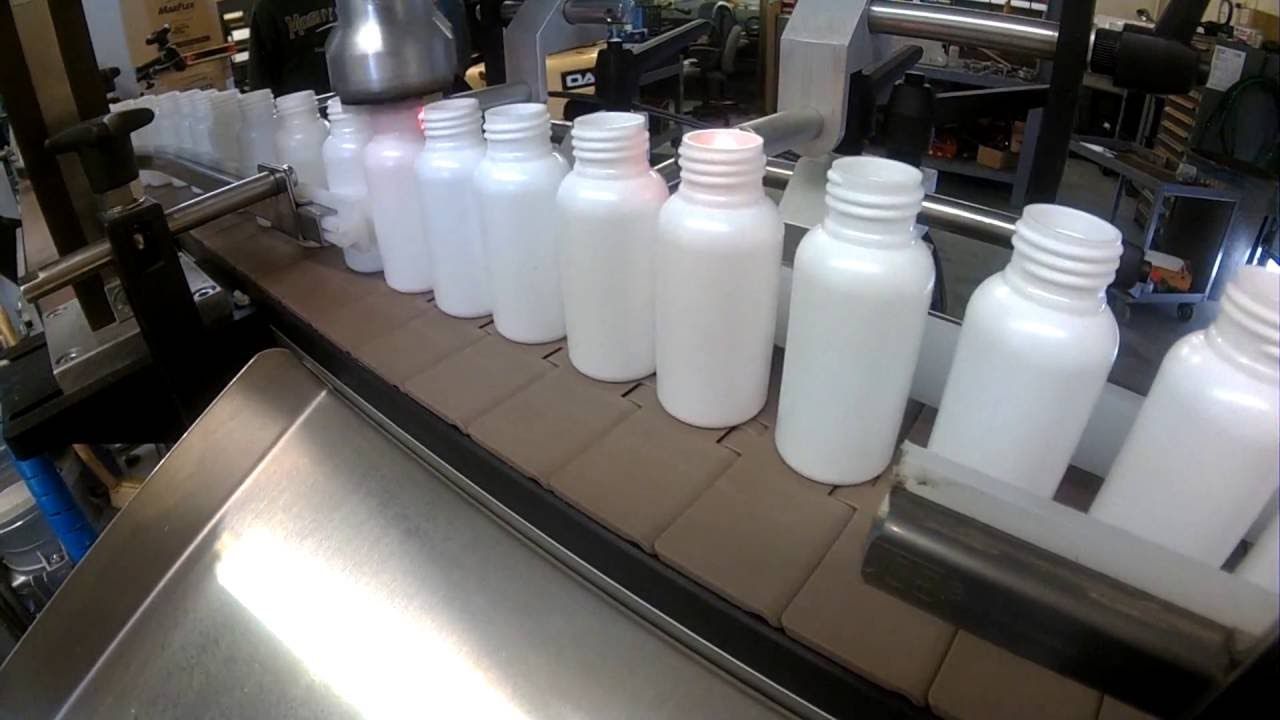
Which products does an Extrusion Blow Molding Machine produce?
Which products does an Extrusion Blow Molding Machine produce?

Hollow plastic components can be formed and joined together using the manufacturing technique known as blow molding. Extrusion blow molding, one-stage injection blow molding, and injection stretch blow molding are the three primary forms of blow molding (two stages). The extrusion blow molding (EBM) technique involves melting plastic and extruding it into a hollow tube (a plastic parison).
Then, this plastic sandwich is sealed within a cooled metal mold to be preserved. The parison is then inflated with air to take the shape of the hollow bottle, container, or component. The mold is opened and the part is extracted once the plastic has cooled sufficiently. It is made to produce hollow plastic objects in large quantities. Milk or water bottles, shampoo bottles, automobile air ducts, jerry cans, and hollow industrial preform components such as plastic drums or other plastic containers are the most common PE hollow items produced using extrusion blow molding machines.
Where Do Blow Molding Products Come From?
For individual components, containers, or transportation, practically every industry now employs blow molding, which has become increasingly popular in production. Every industry is simple to explain, but what specific blow molding items are available? Have you used or seen them before? Let's examine a few of the sectors and notice the items and components that they utilize on a daily basis.
Automotive Industry
Blow molding is used in several fluid-storing components. Blow molding is frequently used to create gasoline tanks, windshield washer fluid bottles, and even overflow containers for cooling systems.
Appliance Components
Components of your major household appliances include reservoirs, which hold liquids and aid in washing your clothes and dishes. These are frequently produced using blow molding.
Medical Equipment And Components
You can begin counting the number of hollow containers used if you have just visited a health center, your dentist, or your primary care physician. The cupboards are stacked with spray bottles, water bottles, and storage containers. Blow molding is used to swiftly create all of those.
Toys For Kids
You could easily count how many hollow, lightweight toys your young child has as if you had one. Blow molding is frequently used to create blocks and squeeze toys.
Garden And Lawn Supplies
Given that it employs bottles for liquid items and blow molding for mowers and power equipment fuel tanks, oil storage, and distribution, lawn, and garden equipment is essentially analogous to the automobile and bulk container industries.
Naval
Water-related objects must be buoyant, and blow molding generates hollow products easily. Blow molding is frequently used to create reservoirs, buoys, and other objects.
Packaging
Products are kept secure by polystyrene-based customized packaging, while blow molding makes complex designs simple to construct.
Sports Equipment
Plastic bats, balls, and other hollow sporting items are examples of common blow-molded products.
Bulk Industrial Containers
When transporting and storing liquids like water, oil, or other substances, consider using bigger containers like barrels. They are produced via blow molding.
Should Blow Molding Be Used In Your Next Product?
Extrusion blow molding, injection blow molding, and injection stretch blow molding are the three forms of blow molding. Bottles, industrial containers, automobile items, appliance components, and children's toys are all often produced using extrusion blow molding (EBM). Lower bottles with high production volumes (often smaller than 16 oz / 500 ml in capacity) are typically made using injection blow molding (IBM).
The packaging for cosmetic or other consumer products, medical equipment, and pharmaceutical sector bottles are the greatest examples. PET and PP are two materials that are frequently used in injection stretch blow molding (ISBM), since their physical qualities are improved by the stretching process, resulting in greater strength and barrier properties with lower weights and better wall thickness uniformity. Depending on how it will be used, its function, design, and environment, one of these alternatives could be the ideal fit for your new product.
Which Polymers Are Best For Products?
Although there are three major forms of blow molding, a wide variety of resins may also be employed in this process. The primary resins used in blow molding are Low-Density Polyethylene (LDPE), High-Density Polyethylene (HDPE), Polypropylene (PP), Polycarbonate (PC), Polystyrene (PS), Co-polyester, Polyethylene Terephthalate (PET), Polyvinyl Chloride (PVC), Nylon, and Acrylonitrile Butadiene Styrene (ABS). When used in injection stretch blow molding, resins like PET and PP are ideally suited for one of the three primary kinds.
In comparison to alternative injection molding techniques that you could be looking into for your new product, blow molding has benefits. One of the three forms of blow molding is used by many businesses to produce regular items, while other industries utilize the method to produce one-of-a-kind low-volume goods. It needs an experienced degree of design and production to decide which of the three forms of blow molding would be your best option and which resin would best fit your new product.
